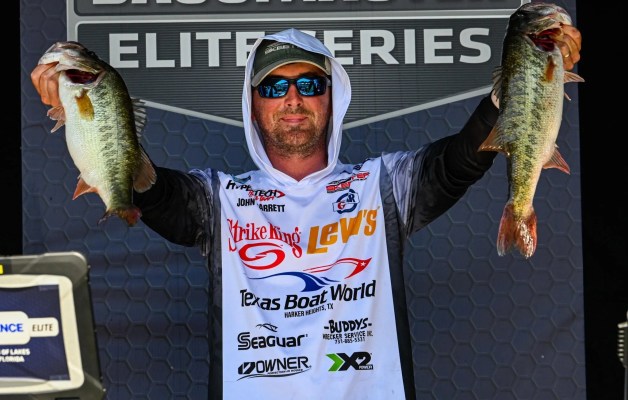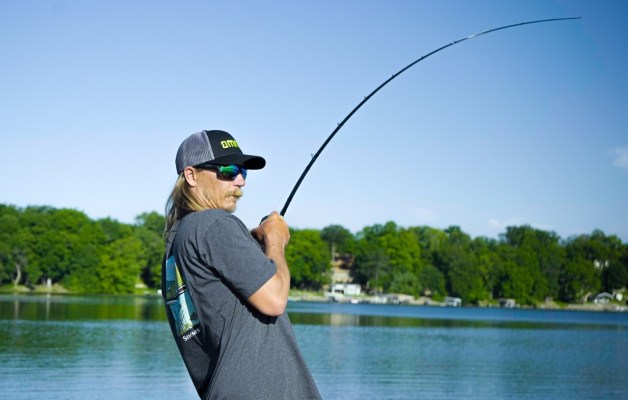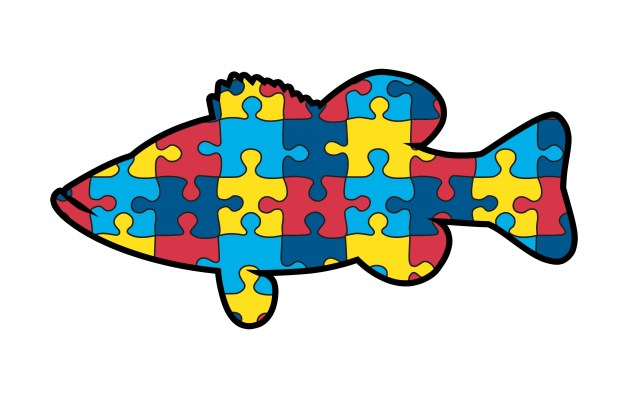
As the Bassmaster Elites make our northern swing to the St. Lawrence River, I’m reminded of how those waters have evolved over the years and how anglers have adapted.
Unlike the early years when touring pros targeted largemouth, the smallmouth now rules in these events.
Ecological changes brought on by the exotic introductions of zebra mussels and round gobies have a lot to do with that. Like hydrilla in the south, those non-native introductions initially were perceived in a negative light but ultimately provided a benefit to the bass fisheries.
I’m certainly not promoting introductions of exotic species, but zebra mussels and gobies have created incredible fisheries in the north.
You can say the same thing about the impact of grass in Guntersville, a lake that continues to pump out big bass and quality fishing. Without grass, that wouldn’t be true.
And now we’re faced with new problems at Kentucky Lake where the invasion of Asian carp is deemed a crisis. It definitely appears to be a serious problem threatening that bass fishery, but only time will tell, as it did when the zebra mussels and gobies first invaded northern waters.
Think about this: When I won on the St. Lawrence River back in 1992, it was the first time a B.A.S.S. angler won there exclusively with smallmouth.
I averaged around 14 pounds a day.
In the current era with mussels and gobies, that’s so weak you don’t even want to take a 14-pound limit out of the livewell. Last year, I averaged more than 20 pounds a day and still finished 21st.
In those early days, the multiple day tournaments were won with all largemouth or a mixed bag dominated by largemouth and a few smallmouth.
Part of that was because the smallmouth averaged around 2 pounds. If you caught a 4-pounder, it was a rogue that you probably encountered in shallow water.
Today, you can’t be competitive fishing strictly shallow and for largemouth. The smallmouth are so much more plentiful — and bigger — I would be surprised if any of our anglers key specifically on largemouth when we get there in August.
The same can be said for Lake St. Clair and several of the other northern waters where the water is clearer because of mussels and smallmouth have gotten bigger and plentiful due to feasting on high protein gobies.
Anglers have adapted their tactics as well. We’re locating quantities of quality smallmouth in deep water and using more effective techniques to catch them. Although you can catch smallmouth by dragging a tube on bottom, the more vertical presentation with a drop-shot rig has proven to be more efficient because our fishing lines are less exposed to the razor sharp mussels.
Our equipment is better, too. Our sonar and navigation electronics save time and show us more detail than ever, and anchoring features on trolling motors make it easier to fish heavy wind and current.
We can save waypoints on sweet spots and see the fish beneath us. Previously, our boats would drift off the spot as we battled deep smallmouth on light line. Now we can stay on top of the sweet spot and devote our time to catching fish without fighting the electric motor.
The fisheries have evolved and so have we, yet the challenges remain the same — you gotta catch the biggest bags each day — and remain mindful that 20 pounds a day probably won’t be enough.





